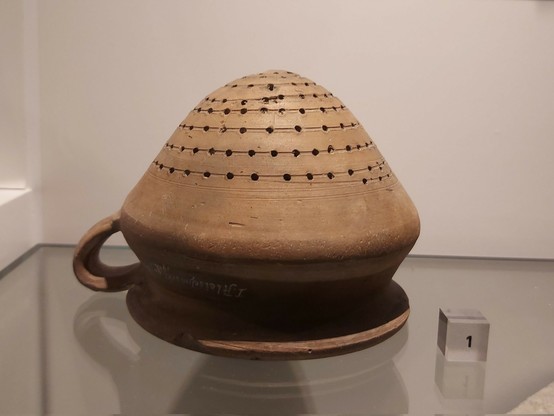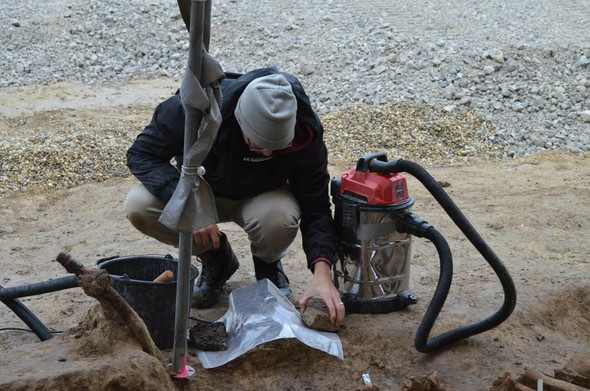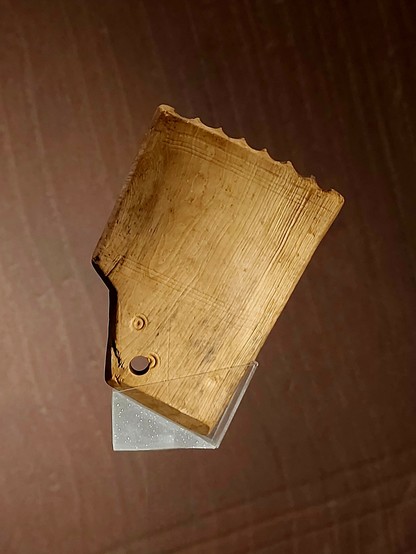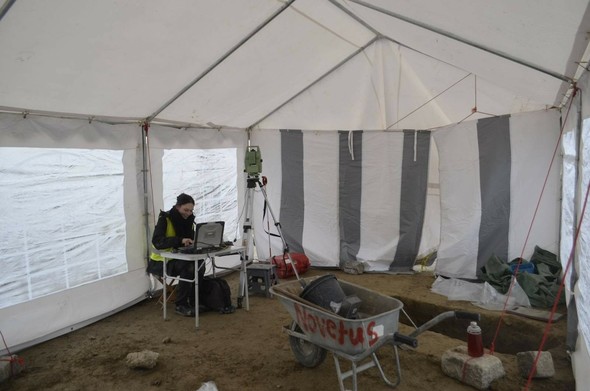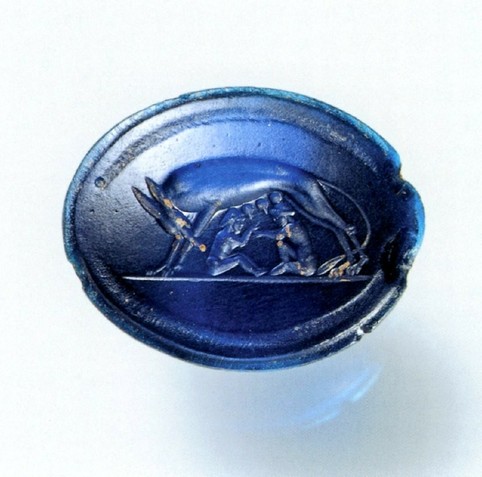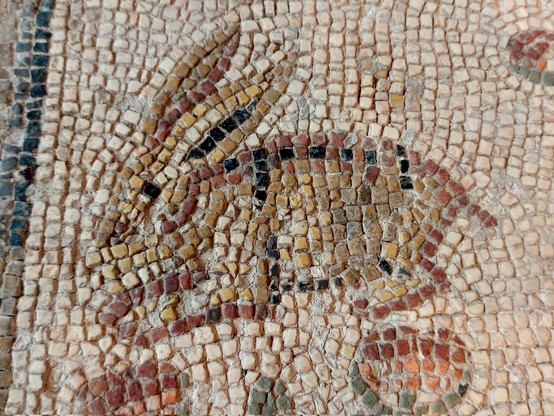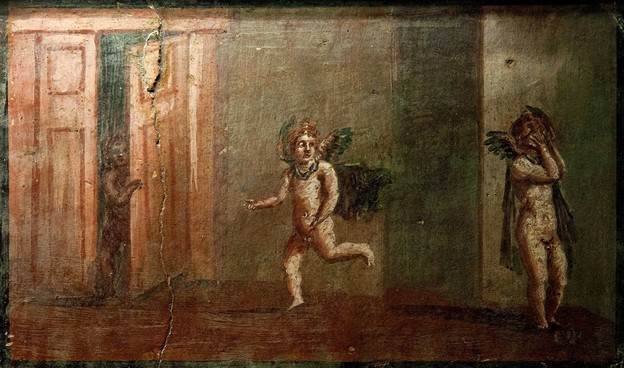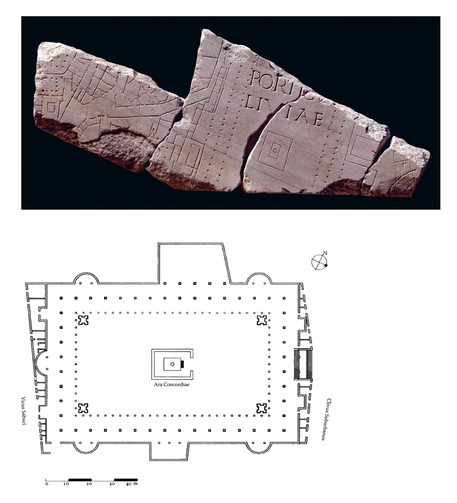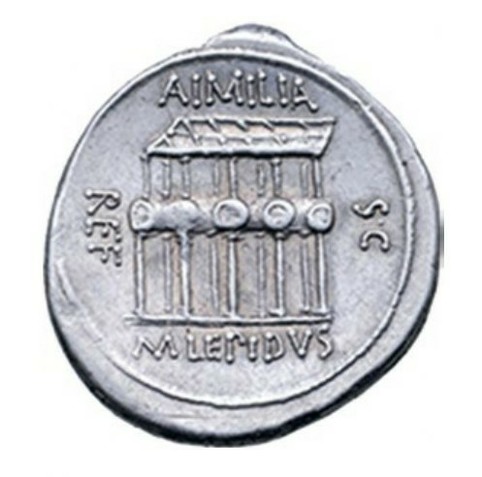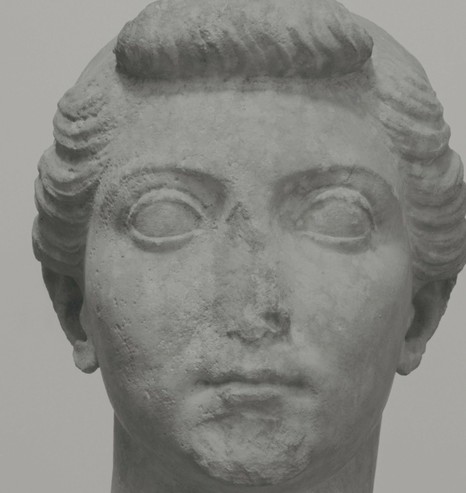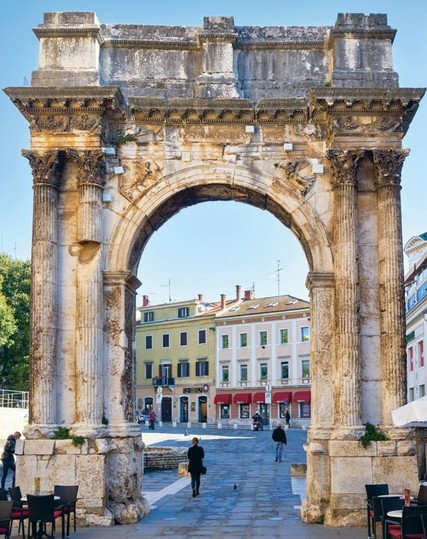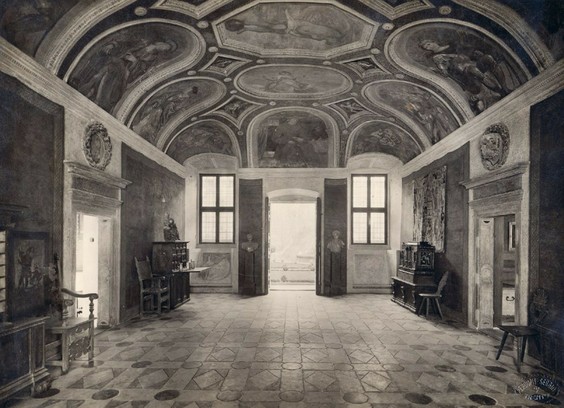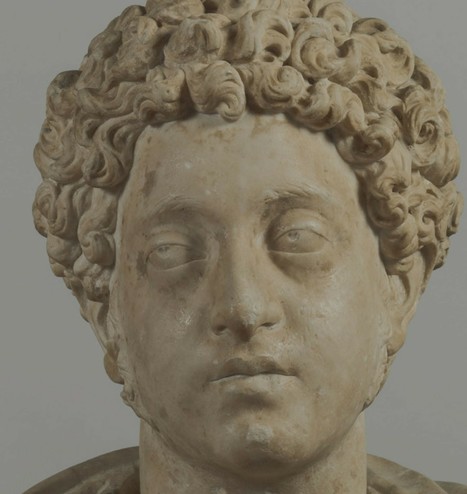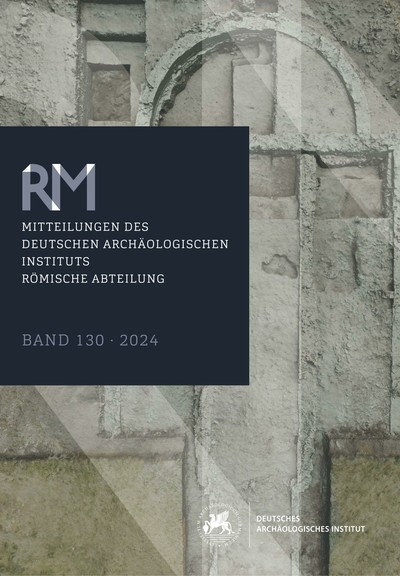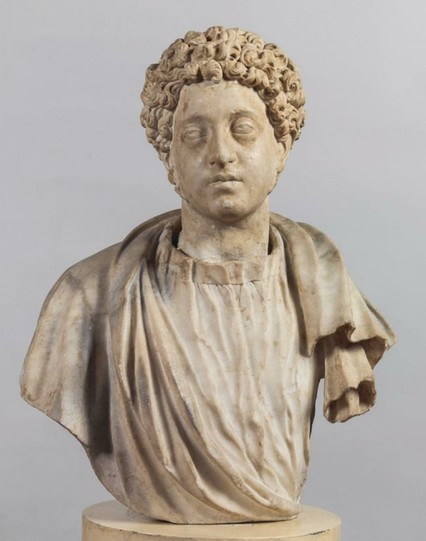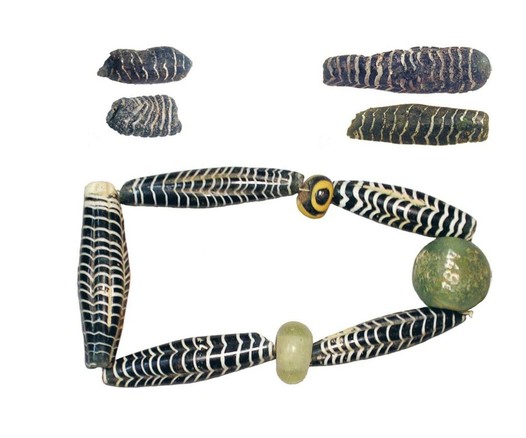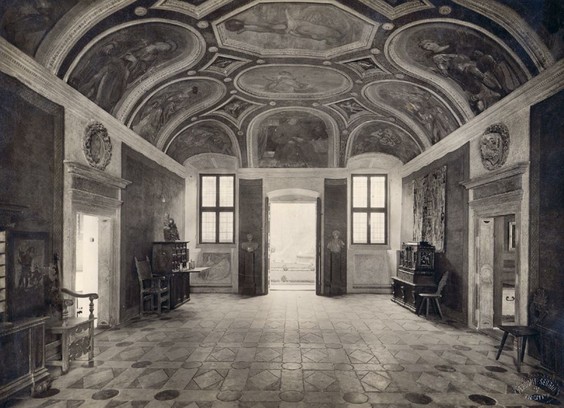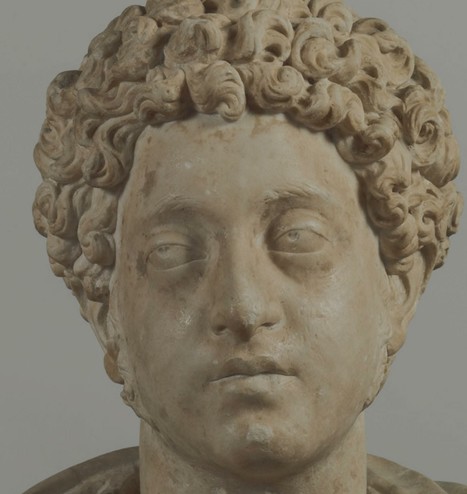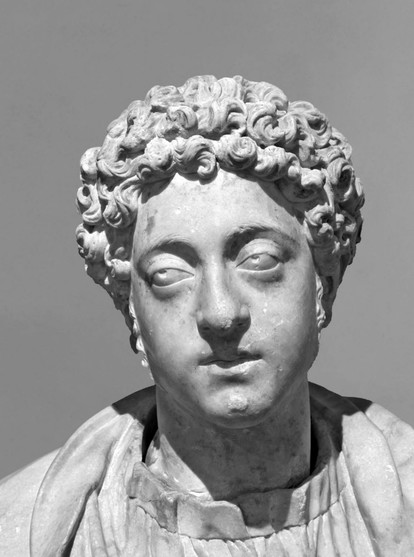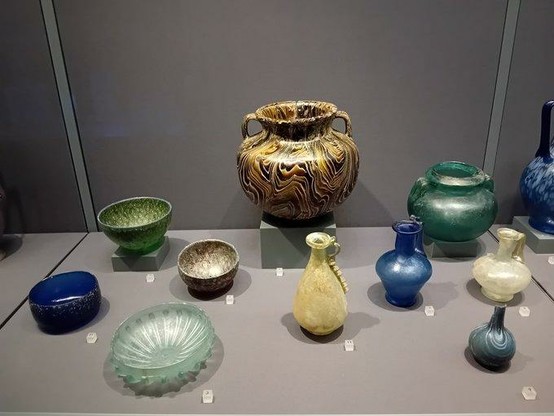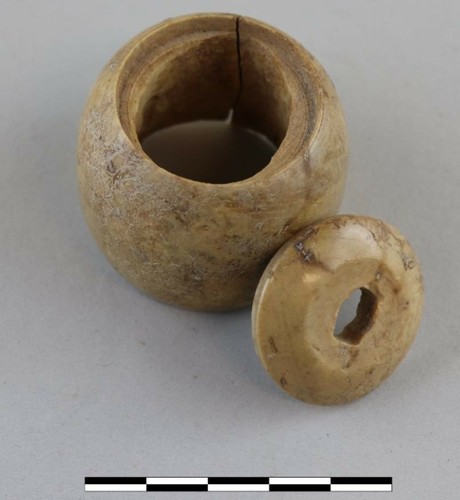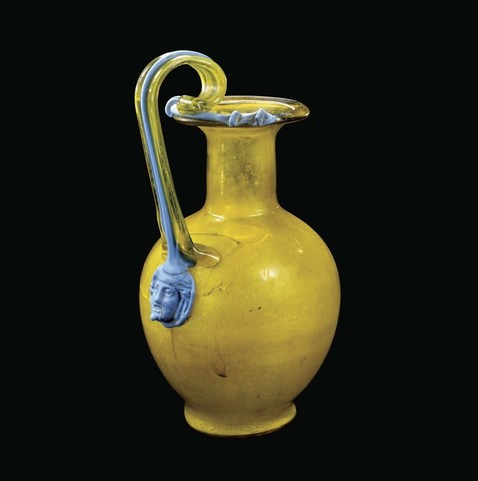Recent searches
Search options
#romanarchaeology
Fabian Benedict is actually responsible for #geophysics at Novetus. But for the #excavation of the #Roman mass grave in #Hasenleitengasse, he left his high-tech tools behind and swapped them for a hoover.
#archaeology #romanarchaeology #anthropology #Vienna #Wien #Austria
Maria Wiegele was also part of the excavation team at the #Roman mass grave in #Hasenleitengasse in #Vienna where she was responsible for the fine cleaning of the #skeletons. As a student of #anthropology, she also has a good knowledge of human anatomy.
#archaeology #WienMuseum #romanarchaeology #teamwork #Archäologie @archaeodons
For #MosaicMonday and #Easter Monday a lovely image of a #rabbit, a detail from a mosaic showing Orpheus surrounded by enchanted #animals.
Found in Antioch, modern-day Antakya, #Turkey. Dating 4th c. AD.
On display at Museum Kestner Hannover.
For #FrescoFriday a #Roman wall painting from the Casa dei Cervi in Herculaneum, depicting Cupids playing hide and seek. I especially like the one who covers his eyes - nothing has changed since #Roman times.
In Roman wall painting of the 1st century AD, scenes depicting Cupid in everyday activities were very popular.
Dating 50/60 AD. Now at Museo Archeologico Nazionale,
Photo: Egisto Sani, https://flic.kr/p/dyJq5e
Archaeoethnologica: Römischen Mitteilungen Nº 130 - 2024
+INFO in: https://archaeoethnologica.blogspot.com/2025/04/romischen-mitteilungen-n-130-2024.html
Archaeoethnologica: Römischen Mitteilungen Nº 130 - 2024
+INFO in: https://archaeoethnologica.blogspot.com/2025/04/romischen-mitteilungen-n-130-2024.html
Archaeoethnologica: Römischen Mitteilungen Nº 130 - 2024
+INFO in: https://archaeoethnologica.blogspot.com/2025/04/romischen-mitteilungen-n-130-2024.html
Archaeoethnologica: Römischen Mitteilungen Nº 130 - 2024
+INFO in: https://archaeoethnologica.blogspot.com/2025/04/romischen-mitteilungen-n-130-2024.html
Archaeoethnologica: Römischen Mitteilungen Nº 130 - 2024
+INFO in: https://archaeoethnologica.blogspot.com/2025/04/romischen-mitteilungen-n-130-2024.html
Archaeoethnologica: Römischen Mitteilungen Nº 130 - 2024
+INFO in: https://archaeoethnologica.blogspot.com/2025/04/romischen-mitteilungen-n-130-2024.html
Archaeoethnologica: Römischen Mitteilungen Nº 130 - 2024
+INFO in: https://archaeoethnologica.blogspot.com/2025/04/romischen-mitteilungen-n-130-2024.html
A #Roman bronze statuette of a chained Germanic warrior. He's wearing breeches, his hair is tied in a side knot, a hairstyle Tacitus noted was common among the Suebi, a large group of different Elbe and East Germanic people.
Found in Vienna, 1st c. AD.
On display at Römermuseum Wien.
me
A beautiful selection of colourful #Roman glass vessels, including bowls, flasks, & pots. all made 1700-2000 years ago - they have survived in remarkable condition! On display in the Kunsthistorisches Museum (Vienna) #Archaeology #RomanArchaeology #AncientGlass @drjeball.bsky.social
New co-authored article on isotopic data from late Roman Ventimiglia. Check it out in the link and stay tuned for the follow-up! #istopes #bioarchaeology #romanarchaeology #Ventimiglia #archaeology https://www.nature.com/articles/s41598-025-92851-7
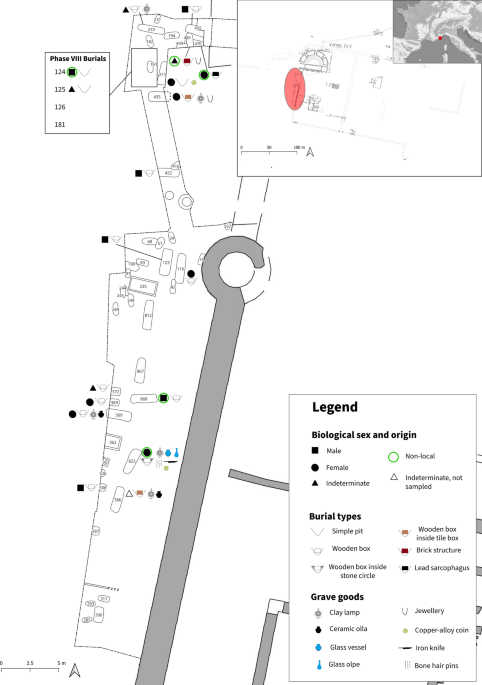
For #Findsfriday, we would like to present a #pyxis from #Roman #Arelape (#Pöchlarn). This is a rare find made of bone, possibly even #ivory. The small box with the perforated lid was probably not yet finished, as the inside is still quite roughly moulded. Pyxids were storage containers for ointments and powders and can be counted as part of a woman's personal equipment in Roman times.
The object is exhibited in #Stadtmuseum Arelape Bechelaren.
Fascinating world of ancient glass: an amazing yellow pitcher. The handle is terminating in an appliqué decorated with a head of a Bacchant, a follower of Bacchus, the god of wine. Such an appliqué is an appropriate decoration for a pitcher used to pour wine
Dating ca 50-75 AD
Corning Museum of Glass


